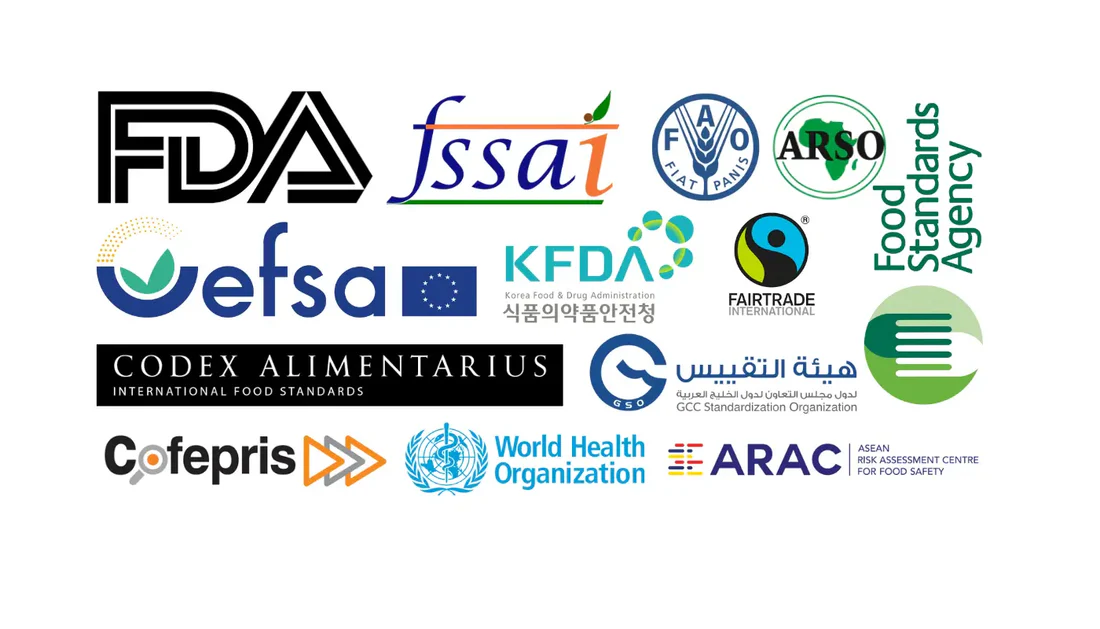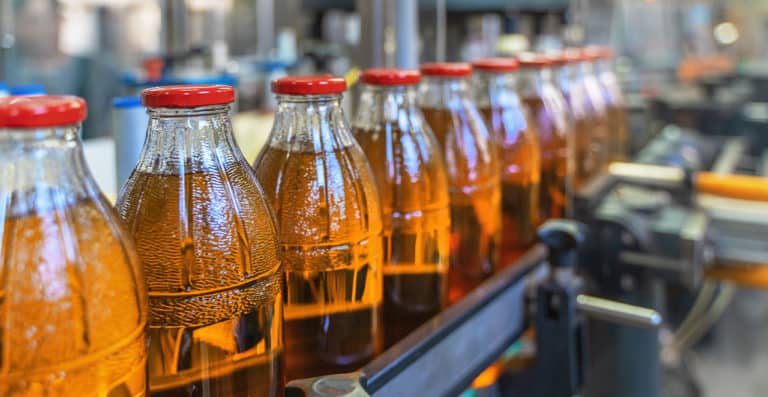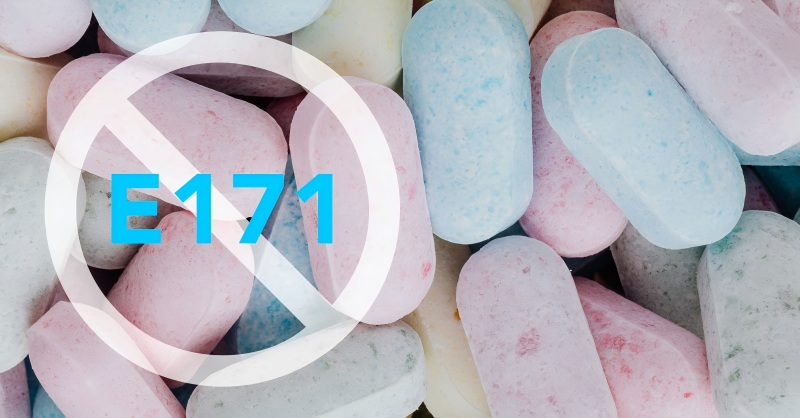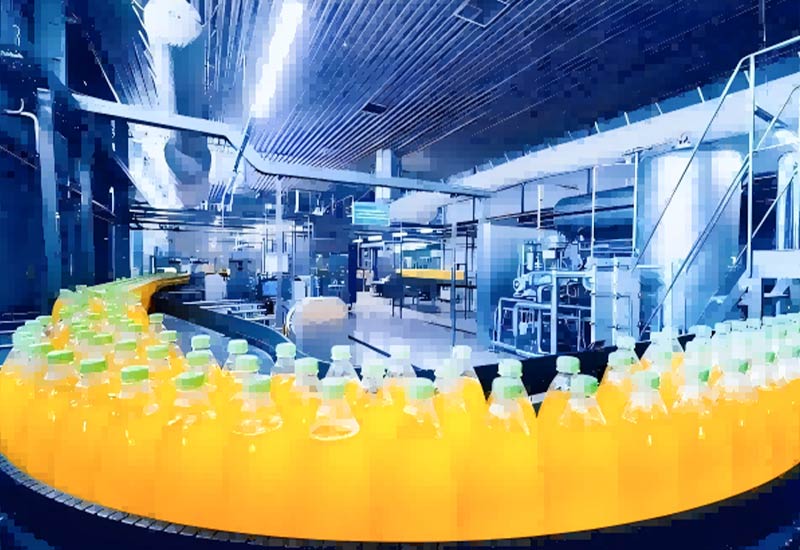In the dynamic world of beverage manufacturing, food additives play a vital role in enhancing taste, preserving freshness, improving appearance, and maintaining product stability. From carbonated soft drinks to fruit juices and flavored waters, additives such as preservatives, sweeteners, colorants, and acidity regulators are indispensable.
However, the use of these substances is strictly governed by food safety authorities across the globe. Each country or region sets its own regulatory limits to ensure consumer safety while allowing product innovation. Understanding these global standards is crucial for beverage manufacturers, exporters, and suppliers aiming to maintain compliance and expand into new markets.

Major Regulatory Authorities and Frameworks
Food additive regulations vary widely, governed by national bodies and international agreements. Below is a summary of major regulatory authorities and their key guidance documents:
| Country/Region | Regulatory Body | Key Regulation Document |
| USA | FDA (Food and Drug Administration) | CFR Title 21 |
| EU | EFSA (European Food Safety Authority) | Regulation (EC) No 1333/2008 |
| China | NHC (National Health Commission) | GB Standards (e.g., GB 2760) |
| Japan | MHLW (Ministry of Health, Labour and Welfare) | Japan Specifications and Standards for Food Additives |
| Canada | Health Canada | List of Permitted Food Additives |
| Australia/NZ | FSANZ (Food Standards Australia New Zealand) | Food Standards Code |
| India | FSSAI (Food Safety and Standards Authority of India) | FSS Regulations |
Each of these bodies conducts scientific evaluations, risk assessments, and public health impact studies before approving additives and setting maximum permissible limits.

Common Food Additives and Their Limits in Beverages
Below are selected additives commonly found in beverages, along with their regulatory limits across various countries.
Sodium Benzoate (Preservative)
| Country | Limit (mg/L) | Notes |
| USA | 1000 | Used in soft drinks, juices |
| EU | 150 | Allowed in flavored drinks only |
| China | 200 | For beverages with pH ≤ 4.5 |
| India | 200 | Similar to Chinese limits |
| Japan | 600 | Used with caution due to benzene risk |
Aspartame (Artificial Sweetener)
| Country | Limit (mg/L) | Notes |
| USA | 600 | Must label phenylalanine content |
| EU | 400 | Warning for phenylketonurics |
| China | 600 | Compliant with Codex |
| Japan | 500 | Approved by MHLW |
| Australia/NZ | 600 | Regulated under Standard 1.3.1 |
Acesulfame K
| Country | Limit (mg/L) | Notes |
| USA | 350 | Safe within this range |
| EU | 350 | Similar limits across EU |
| China | 300 | GB 2760 guidance |
| Canada | 350 | List of Permitted Sweeteners |
Sucralose
| Country | Limit (mg/L) | Notes |
| USA | 600 | Non-caloric sweetener |
| EU | 300 | Lower than the US |
| Japan | 500 | Approved sweetener |
| India | 300 | Permitted in soft drinks |
Citric Acid (Acidity Regulator)
| Country | Limit | Notes |
| Most countries | GMP | Used as per Good Manufacturing Practices; no numerical limit generally imposed |
Phosphoric Acid
| Country | Limit (mg/L) | Notes |
| USA | 700 | Used in colas |
| EU | 600 | As per EFSA |
| India | 600 | Permitted in cola drinks |
Caffeine
| Country | Limit (mg/L) | Notes |
| USA | ~200 (typical) | Not explicitly capped, must be declared |
| EU | 320 | Above this requires warning label |
| Australia/NZ | 145 | For energy drinks |
Caramel Color
| Country | Limit (mg/L) | Notes |
| USA | GMP | Type III & IV most common |
| EU | GMP | 4 types allowed |
| China | GMP | Subject to labeling regulations |
Sorbic Acid
| Country | Limit (mg/L) | Notes |
| USA | 1000 | Allowed in juices, teas |
| EU | 300 | Stricter limit |
| China | 500 | Common in beverages |
Tartrazine (Yellow No.5)
| Country | Limit (mg/L) | Notes |
| USA | 100 | Must declare on label |
| EU | 100 | Requires “may affect activity and attention in children” label |
| India | 100 | Follows Codex guideline |
| China | 70 | One of the more conservative limits |
Regional Variations and Trends in Beverage Additive Regulations

Titanium Dioxide (E171): Diverging Regulatory Approaches
Titanium dioxide (TiO₂), known as E171, has been widely used as a whitening agent in various food and beverage products. In recent years, nevertheless, its safety has been questioned.
- European Union: Because titanium dioxide may be genotoxic, the European Food Safety Authority (EFSA) decided in 2021 that it could no longer be used as a food additive. Subsequently, the European Commission implemented a ban on its use in food products, effective from August 2022.
- United States: In contrast, titanium dioxide is still considered “generally recognized as safe” (GRAS) by the U.S. Food and Drug Administration (FDA), which permits its use in food and drinks. This divergence highlights differing risk assessment approaches between regulatory bodies.
The Clean Label Movement: A Global Shift Towards Transparency
The “clean label” movement is a response to consumers’ increasing expectation that food and drink ingredients be simple and transparent. The use of familiar, natural products and the minimization or removal of artificial additives are the main focuses of this trend.
- Global Impact: Approximately 15% of new food and beverage products globally carried “no additives” or “no preservatives” claims in 2022 and 2023.
- Industry Response: To comply with clean label regulations, major food firms are investing in natural substitutes for artificial ingredients and reformulating their goods. This shift is not only driven by consumer preferences but also by the desire to align with evolving regulatory landscapes.
Synthetic Food Dyes: Regulatory Discrepancies and Health Concerns
Synthetic food dyes have been a point of contention, with varying regulations across regions:
- European Union: The EU has implemented strict regulations on certain synthetic dyes, requiring warning labels on products containing dyes like Yellow 5, Yellow 6, and Red 40, due to potential adverse effects on children’s behavior.
- United States: While some dyes have been banned (e.g., Red Dye 3, effective July 2027), others remain in use. The FDA is under increasing pressure to reevaluate the safety of these additives, with recent approvals favoring natural colorants derived from algae, flowers, and minerals.

Challenges for Global Beverage Manufacturers
Navigating the complex regulatory landscape for food additives is one of the biggest hurdles beverage manufacturers face when operating across international markets. These challenges are not just about staying compliant—they directly impact product development, supply chain decisions, and time-to-market.
Reformulating for Multiple Markets
Each country has its own permissible additives and maximum allowable levels. A formula that is approved in the U.S. may exceed legal thresholds in the EU or be entirely banned in Japan. This forces manufacturers to maintain multiple versions of the same product, increasing R&D costs and complicating inventory management.
Inconsistent Labeling Requirements
Regulations on labeling differ widely. For example, the EU mandates that aspartame-containing products carry a warning for phenylketonuria, while some countries require precise functional class names (e.g., “preservative: sodium benzoate”). Non-compliance—even in labeling—can result in product recalls or import refusals, damaging brand reputation.
Managing Import and Export Restrictions
Shipping products across borders means ensuring that every ingredient, including additives, complies with destination-country laws. Many additives fall under customs scrutiny, requiring certificates of analysis, safety documentation, or even prior registration. Delays or rejections at ports can lead to major financial losses.
Supply Chain Synchronization
Sourcing ingredients that meet the different regional standards can be a logistical nightmare. Manufacturers must ensure that suppliers provide food-grade additives with documentation that satisfies regulatory demands in all intended markets. Any deviation can trigger reformulation, production delays, or failed audits.
Keeping Up with Regulatory Updates
Food additive regulations are continuously evolving due to new research, public health concerns, or political decisions. Manufacturers need to monitor global regulatory trends closely—whether it’s EFSA’s review of artificial sweeteners or China’s updates to GB 2760. A failure to adapt quickly can leave products non-compliant overnight.
How a Knowledgeable Supplier Can Help
For beverage manufacturers, navigating the intricate web of international food additive rules may be a difficult undertaking. That’s where an experienced and well-informed supplier makes all the difference. As a professional food additive supplier, NIRAN doesn’t just provide ingredients—we deliver peace of mind through regulatory confidence and technical support.
We keep abreast of regulatory developments in important markets, including the US, EU, China, Japan, and Southeast Asia. Whether it’s a revision to permissible levels, new labeling requirements, or restrictions on specific additives, we proactively inform our clients and offer reformulation suggestions that comply with local laws—helping you avoid costly reformulations or product recalls.
In addition to providing high-quality, traceable ingredients, we offer full technical documentation, safety data sheets, and regulatory certifications with each shipment. Our team also supports your R&D and compliance departments with region-specific additive usage guides, risk assessment insights, and labeling advice to accelerate your product’s market entry across borders.
Choosing a supplier with regulatory expertise means gaining a long-term partner committed to your brand’s success. We help you reduce risks, shorten development timelines, and enter new markets confidently—all while maintaining the flavor, appearance, and shelf life your consumers expect.
